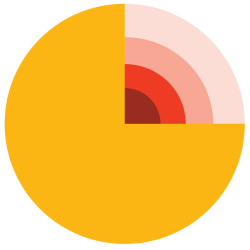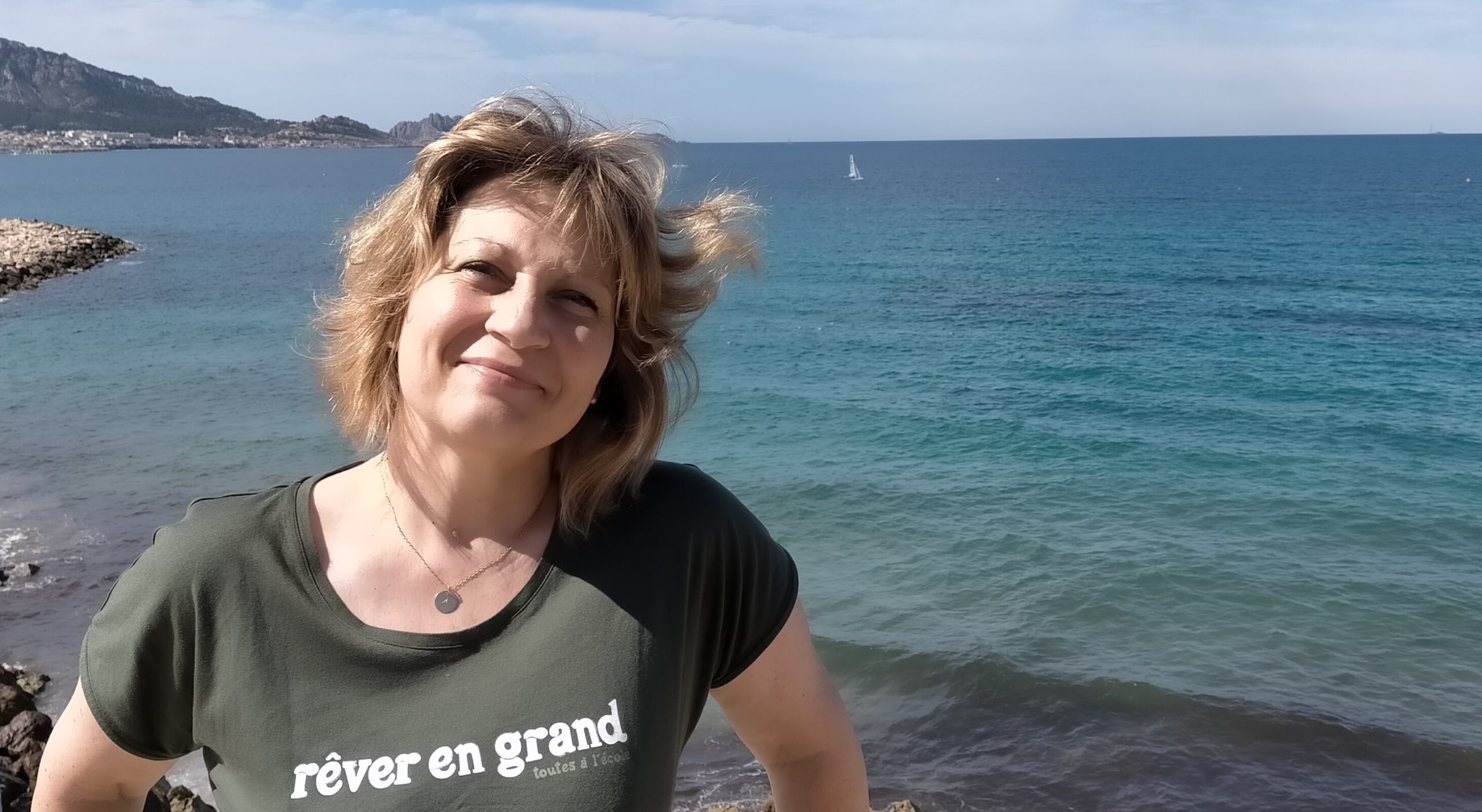In this inaugural interview of the Meet the Researcher series planned by the Dissemination team of the Centre of Excellence (CoE) for Exascale in Solid Earth (ChEESE), we had the opportunity to talk to Alejandra Guerrero and learn a little bit about her journey. Discover her challenges in the ChEESE Project and how she is utilising her experience with High Performance Computing to mitigate the risks associated with various hazards assessments.
Alejandra Guerrero was born in Buesaco and grew up in Pasto, the capital of Colombia’s department called Nariño, an area influenced by volcanic eruptions and seismic activity. It is this unique environment that has made her transition from computer science to geosciences feel so natural. Currently, she is a PhD student and works at the Consejo Superior de Investigaciones Científicas (CSIC) in Barcelona.
As a member of the Consejo Superior de Investigaciones Científicas (CSIC), what are your primary tasks within the ChEESE2 project?
My responsibilities involve designing and developing a workflow for a long-term probabilistic hazard model for volcanic tephra using the FALL3D model. This entails coding and configuring all components of the model. Additionally, I will be responsible for running simulation cases to obtain the first comprehensive multi-volcano probabilistic hazard model for volcanic tephra in Europe.
Reflecting on the past year, which moment stands out as particularly significant for you and the project?
I find every general meeting of the project to be incredibly engaging. These gatherings provide a platform for us to share knowledge across diverse topics, offering valuable insights into the magnitude of our project and how we leverage computational capabilities to enhance our understanding of the planet. The Galileo conference on Solid Earth in the Exascale Era was not only successful but also inspiring.
Can you explain how simulations, numerical modelling or other research activities you’re involved in play a role on hazard assessment?
I believe that simulations and numerical modeling serve as the bridge connecting the past, present, and future in hazard assessment. Firstly, we delve into the past through geological studies, gaining insights into events that occurred hundreds or even thousands (sometimes millions) of years ago. Then, we integrate present-day data from in-situ records and monitoring information of the study area. These inputs are crucial for interpreting the dynamics of the system, particularly in the context of a volcano. Finally, simulations allow us to visualize the behavior of various phenomena based on the volcano’s characteristics. It’s akin to opening a window to the future, offering glimpses into the potential outcomes of specific events
Are there any particularly challenging aspects or obstacles that you’ve encountered in your research in the project, and how have you overcome them?
The primary challenge in heterogeneous projects like ChEESE2P lies in the diverse academic and technical ‘languages’ spoken by team members. The true challenge lies in translating significant academic advancements into practical computational tools and developments. In our case, effective communication coupled with the collective knowledge of the team is crucial for facing this situation successfully.
How do you foresee the impact of your research on European society?
For individuals who are directly or indirectly exposed to any form of hazard assessment, understanding the dynamics of these hazards is key. Knowledge is indeed power, and for me, this project serves as a crucial key for empowering society. Through the collective efforts of our team, we aim to provide communities with the insights and tools they need to better comprehend and mitigate the risks associated with various hazards
“This project serves as a crucial key for empowering society”
Alejandra Guerrero
As a PhD student in Geosciences, what inspired you to pursue this specific area of research, and what excites you most about your work?
I grew up in an area influenced by two geophysical hazards: volcanic eruptions and seismic activity. Growing up, I was familiar with hazard maps and always found the topic interesting. This led me to transition from my background in computer science to geosciences, which is now my current field of work. Initially, my motivation stemmed from a desire to play an active role in hazard assessment within my community, but over time, it has evolved into a genuine passion.
What would you be if you were not a researcher?
Probably a writer. However, research had been my dream since my teenage years.
For aspiring scientists or individuals interested in a career in geophysics and HPC research, what advice would you give to inspire and guide them in pursuing this field?
I would advise always taking the opportunities, even when you feel underprepared. And never cease learning, for research is not only walking a path, but rather creating new ones.
Beyond the realm of science, can you share a cultural piece (film, book, podcast) that has significantly influenced your perspective or approach to your work?
I’d like to share with you this song, which was created and inspired in my city. The translation would be ‘A life by the volcano’s base is never wasted’:



